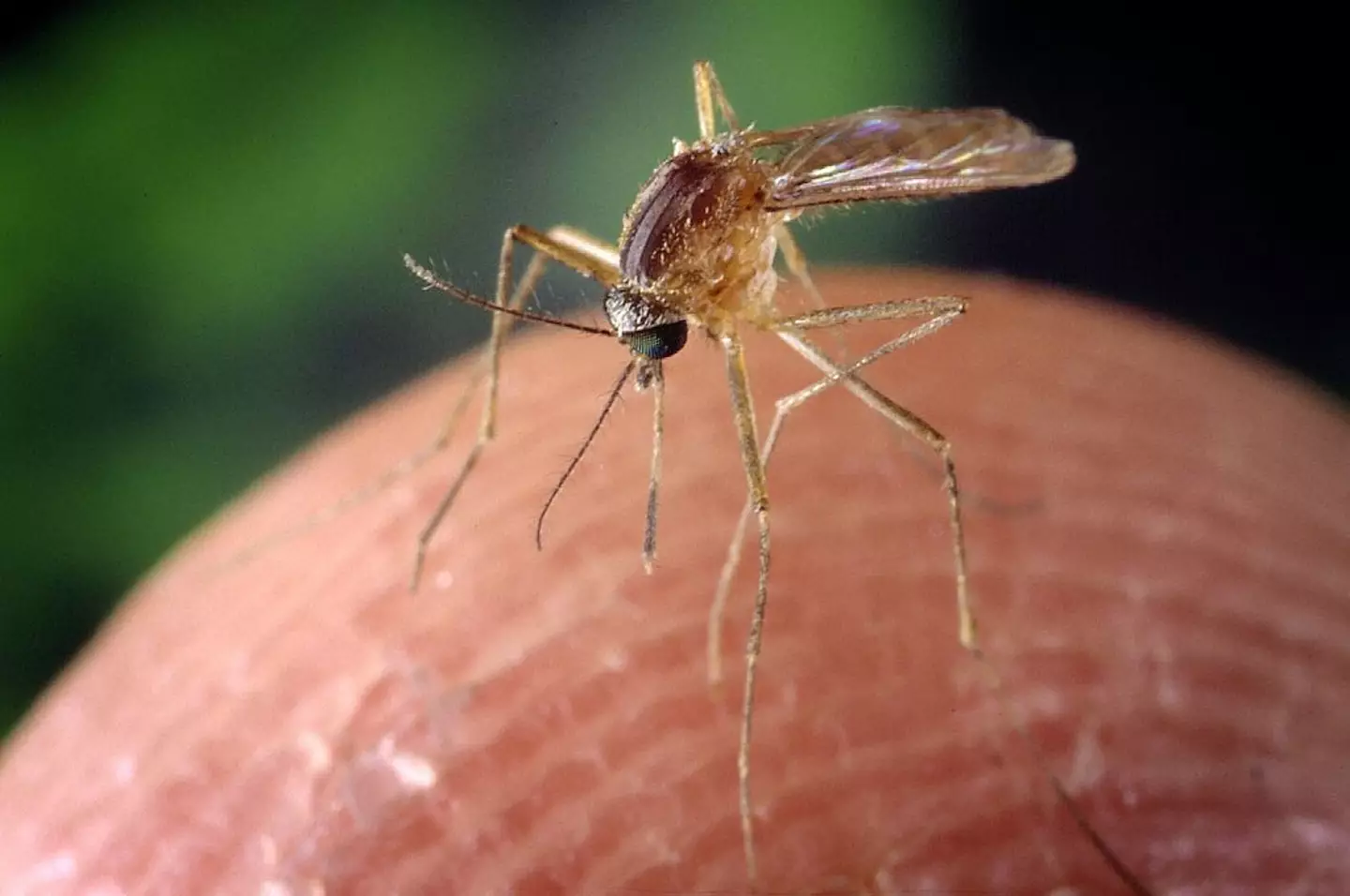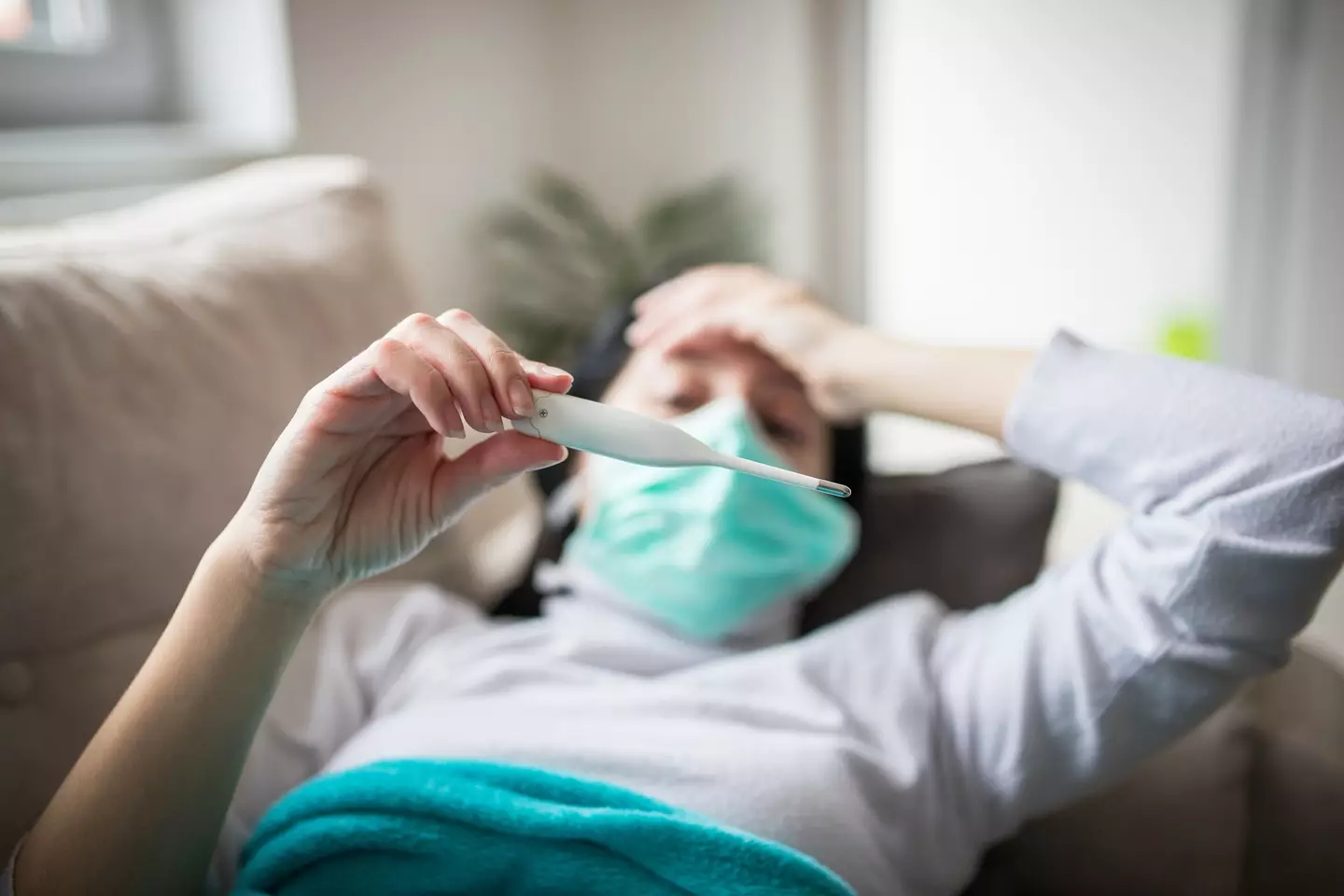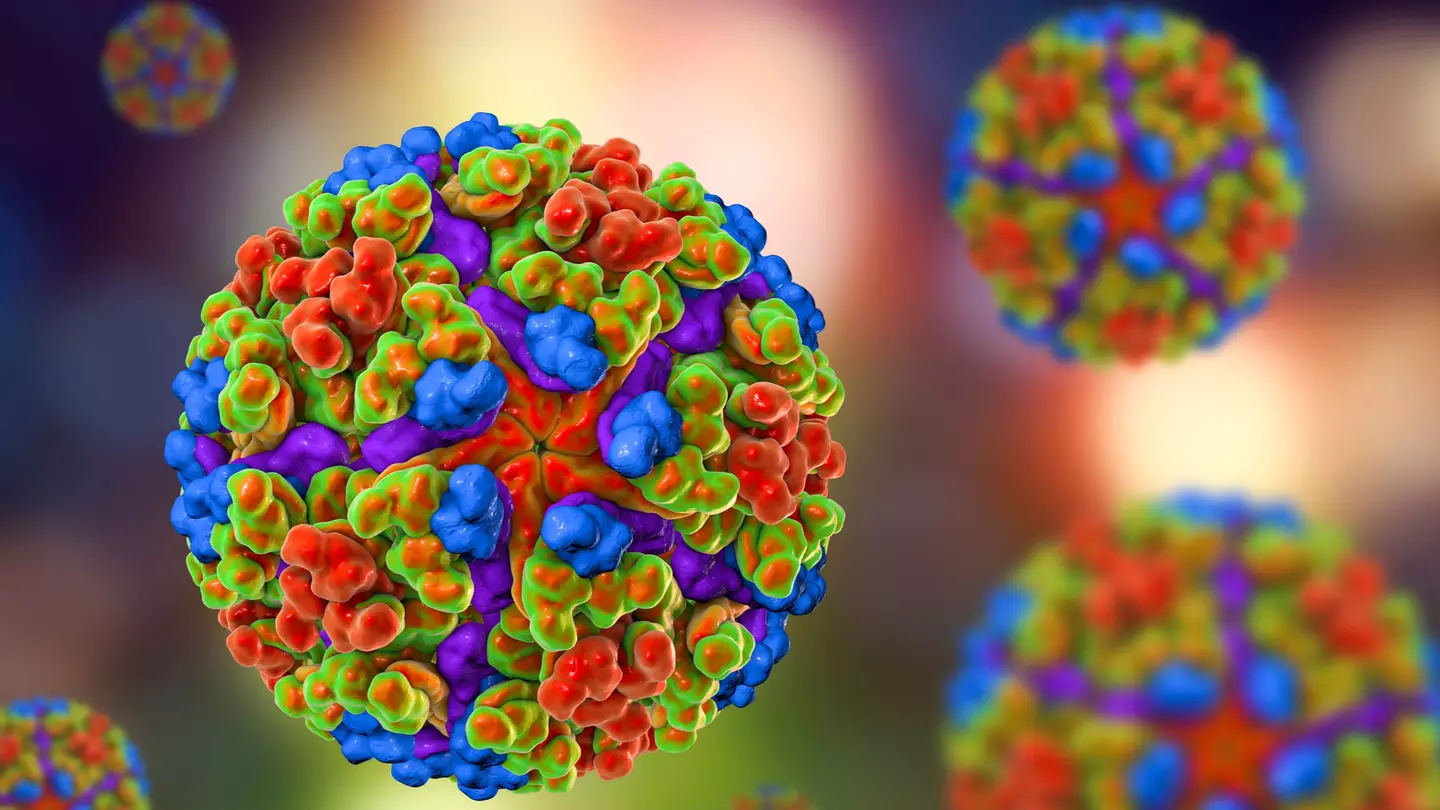In a Chinese province, authorities have implemented measures reminiscent of those used during the COVID-19 pandemic, following the report of 7,000 Chikungunya virus cases.
The virus has affected individuals in 13 cities within the Guangdong region.
Foshan city, situated northwest of Hong Kong, is identified as the center of this outbreak.
According to the BBC, patients are required to remain in hospitals under mosquito nets and are only allowed to leave once they test negative for the virus.
China has documented nearly 3,000 cases in the province over the past week. The province’s population stood at 127.06 million as of 2023.
A case involving a 12-year-old boy was confirmed in Hong Kong in July after he visited Foshan, experiencing symptoms such as fever, rash, and joint pain.
The United States has issued a travel advisory for those heading to China, urging caution.
This is what we currently understand about the Chikungunya virus and the response by Chinese authorities.

The Chikungunya virus is transmitted through the bites of infected mosquitoes. It is not contagious and cannot be transmitted between humans.
The World Health Organization categorizes it as an RNA virus under the alphavirus genus, within the Togaviridae family.
The term ‘chikungunya’ comes from the Kimakonde language in southern Tanzania, where the virus was first detected in 1952, and it means ‘that which bends up’, referring to the posture of those suffering from severe joint pain.
The virus has been recorded in multiple regions including Africa, the Americas, Asia, Europe, and the Indian and Pacific Ocean islands.
Newborns and the elderly, especially those over 65, along with individuals with underlying health issues like high blood pressure, diabetes, or heart disease, are more susceptible.

Chikungunya symptoms resemble those of dengue and Zika viruses, complicating diagnosis.
Typical symptoms include a sudden fever, headache, muscle aches, and rash.
The CDC notes that Chikungunya virus can also cause joint pain and swelling.
While most recover within a week, joint pain might linger for months and can be ‘severe and disabling’.
The World Health Service mentions that severe cases may require hospitalization due to potential organ damage and death, though fatalities are infrequent.
Chinese officials have stated that the cases reported so far have been mild, with 95 percent of patients having been discharged.

China has undertaken several initiatives to combat the increase in Chikungunya virus cases.
The World Health Organization recommends eliminating mosquito breeding sites, such as stagnant water pools, to prevent spread. Consequently, residents are urged to remove these sources in homes, including flowerpots, bottles, and coffee machines.
Failure to comply can result in fines up to 10,000 yuan, or $1,400.
Drones are being used to identify stagnant water from the air.
In addition, genetically modified ‘elephant mosquitoes’ have been released.
These large mosquitoes are expected to consume the virus-carrying smaller mosquitoes.
Furthermore, 5,000 mosquito-eating fish have been introduced into lakes in Foshan.
Sanitation workers have been observed spraying insecticide to help reduce infection rates.
Initially, cities neighboring Foshan required travelers to complete a two-week home quarantine, echoing past Coronavirus protocols.
This requirement has now been rescinded, however.

